1995 Yamaha Virago 750 - Motorcycle.com
Yamaha's 750 Virago is entering it's fifteenth consecutive year of production. In this age of techno-marvel constant-change, not much of anything can boast of that kind of staying power. What makes the Virago so special? Yamaha has refused to change the qualities that make their cruiser a showroom success - Muscular-looking air-cooled V-twin, raked-out forks, low-slung frame, tear-drop tank, and lots of chrome. That classic American style thats become an American cycling institution. But cruisers were meant to be city-dwellers, right? Boulevard bikes. Urban assault weapons. In this arena, the 1995 750 Virago shines like its highly-polished chrome-plated exhaust pipes. Its robust V-twin motor delivers smooth power and responsive carburetion, with idle-to-redline strength. Strong enough to play jack rabbit at stop light drags, with enough usable power to muster up effortless top-gear passes on the daily freeway commute. Its low-rider seat height allows shorter pilots the comfort of planting both feet easily on the ground during stop-and-go riding, and the wide pull-back handlebars offer plenty of leverage at parking lot speeds. Narrow and light, the 750 Virago is exceptionally easy to ride. With it's softly-sprung suspension and flashy good looks, the Virago begs to be taken downtown after dark for a cruise down the boulevard.
But here at Motorcycle Online we love to ride the open road. To get out and explore. With our offices located in crappy old Southern California, and finding ourselves spending way too much time in front of our glowing monitors, we lust for open spaces. Rather than cruise the congested boulevards, we prefer to glide through the open sweepers of nearby mountain ranges. And we were anxious to find out how capable the 750 Virago would be in our preferred environment. Can this city-bred custom cruiser tour the highway as easily as it prowls the mean streets? We turned on the screen saver, grabbed the riding gear, slung a friendly pillion passenger onboard, and set out on a two-up tour of old west towns in the mountains and desert east of San Diego.
Our trip included a wide variety of roads, from slab-smooth Interstates to sinewy mountain switch-backs to arrow-straight-for-miles desert stretches. It would take us from sea level, into the clouds at over 5000 feet, and drop us back down to the arid Anza-Borrego Desert State Park, then climb back up to the foggy peak of Palomar Mountain before returning home. And all this within the span of about six hours. Was this torturing the Virago? Was it going to torture us? Were we asking it to perform too much outside of its realm? Well, yes and no.
Thumb the bar-mounted choke lever and hit the starter button and the engine jumps instantly to life. Yamaha got the jetting on the dual 40mm Mikuni carburetors dialed spot-on, with no glitches or flat spots anywhere in the power-band. The bike can be ridden away immediately after starting, and the choke can be shut off after only a couple of minutes. The cable operated clutch gives good feedback with a wide engagement point (something we find lacking in hydraulically-actuated clutches), and coupled with the engine's torquey, low rpm grunt, the Virago is a breeze to get underway. Light, narrow, and nimble, the Virago handles city traffic with ease.
But out on the freeway, the 750's minor shortcomings make themselves apparent. Stylish, teardrop-shaped mirrors give an adequate view of traffic behind, but their small size limits views to the side, necessitating a lot of head cranking during lane change maneuvers. The Virago's front Dunlop F17 tire has a center tread groove which causes the front end of the bike to wander over irregular pavement or rain grooves. We would have preferred to see the 750 equipped with the Bridgestone Excedra tires which come standard on the 1100 Virago. Beyond this complaint both the front and rear Dunlops performed acceptably well under all other situations, although we didn't have a chance to test wet weather performance.
Heading down a twisty two-lane road toward the town of Ramona, we pick up the pace a little to see just how nimble the Virago can be in the tight stuff. And this particular road gets tight. The non-adjustable 38 mm forks seem perfectly set-up as they soak up the old blacktop's irregularities with ease. The raked-out attitude of the Virago's front end aids in lessening fork dive under heavy braking. The dual front binders have excellent power, even with the bike fully loaded, and give good feedback at the lever. The widely spaced handlebar provides exceptional leverage while flicking the slow-steering, long
The center of a large agricultural area, Ramona has retained much of that Old West charm; standard dress is a pair of Wranglers with a huge gut-retaining belt buckle, boots and a straw cowboy hat. The classic looks of the Virago fit well in this setting. We cruise through the center of town and pause briefly to crank rear spring preload up to the max setting. The Virago comes equipped with Yamaha's standard issue toolkit and vinyl pouch, which tucks nicely into a lockable storage compartment behind the seat, just above the tail light. We hope this adjustment will help keep hard parts from any further touchdowns.
Both the 750 and 1100 Virago have stamped-steel frames which use the engine as a stressed member, eliminating the possibility of rubber-mounting the engine. Yamaha has tried to isolate the rider from engine vibration through the use of rubber-mounted footpegs and handlebars. At most engine speeds, vibration is not an issue. In fact, the Virago is one of the smoothest twins around when ridden on the street. But as the revs rise under load, we found the vibration level mildly intrusive.
Julian is another one of those small Southern California villages that have preserved the Old Western charisma, and sits at an altitude of around 5000 feet. Best known for it's vast apple orchards (and home-made apple pies!) it features horse-drawn carriage rides and a 120 year old gold mine. Again, the styling of the Virago just seems right parked amidst this idyllic setting and had us looking for a hitching post to tie it to. Unfortunately, though, the standard lean-back legs-forward cruiser posture is taking its toll on our backs after only a couple of hours in the saddle. We find that short term comfort on the Virago is second to none - the large pillowy seat makes you feel as though you're sitting in the bike rather than on it, and coupled with the forward-mounted footpegs and high, pull-back bars you've got that easy-chair sensation. But after an hour or so of straight 60 - 70 mph riding, this position begins tormenting the lower back. We're ready for a break.
More by Tom Fortune, Contributing Editor



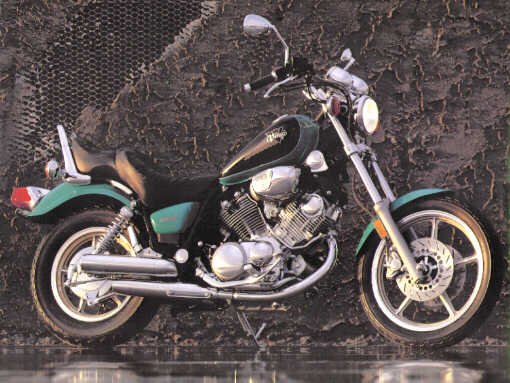





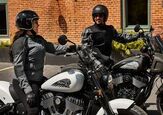
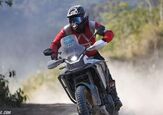
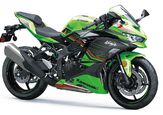
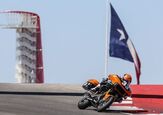

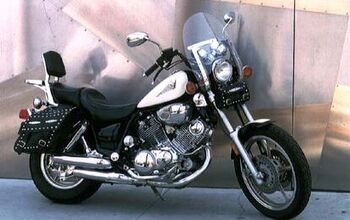
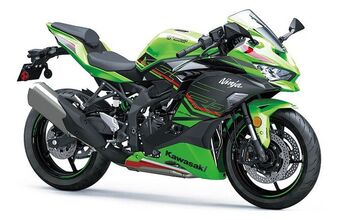
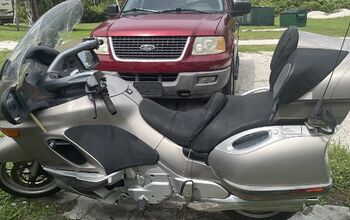
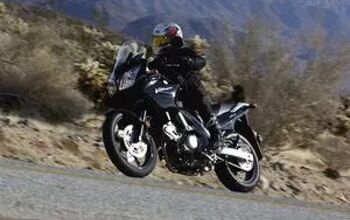

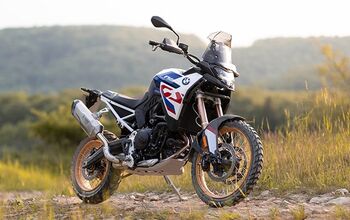

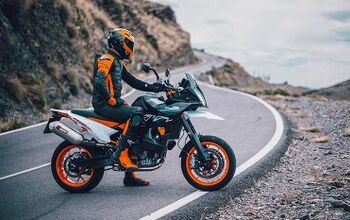

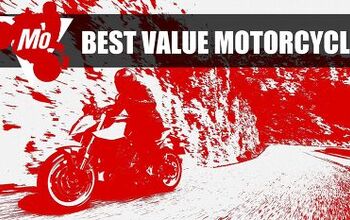
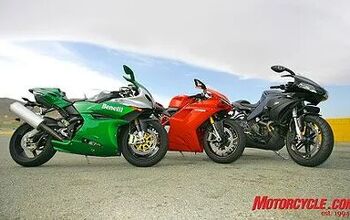
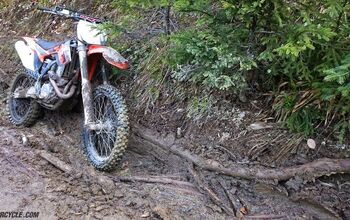
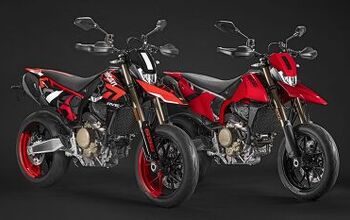
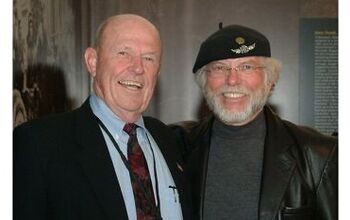
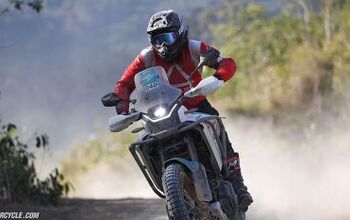
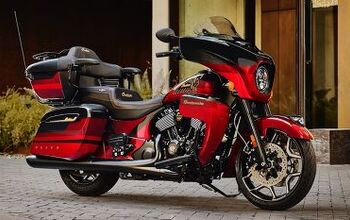
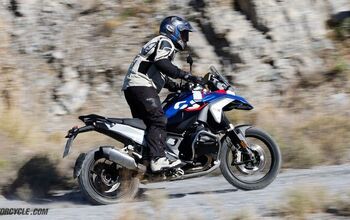
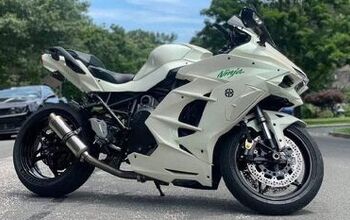
Comments
Join the conversation